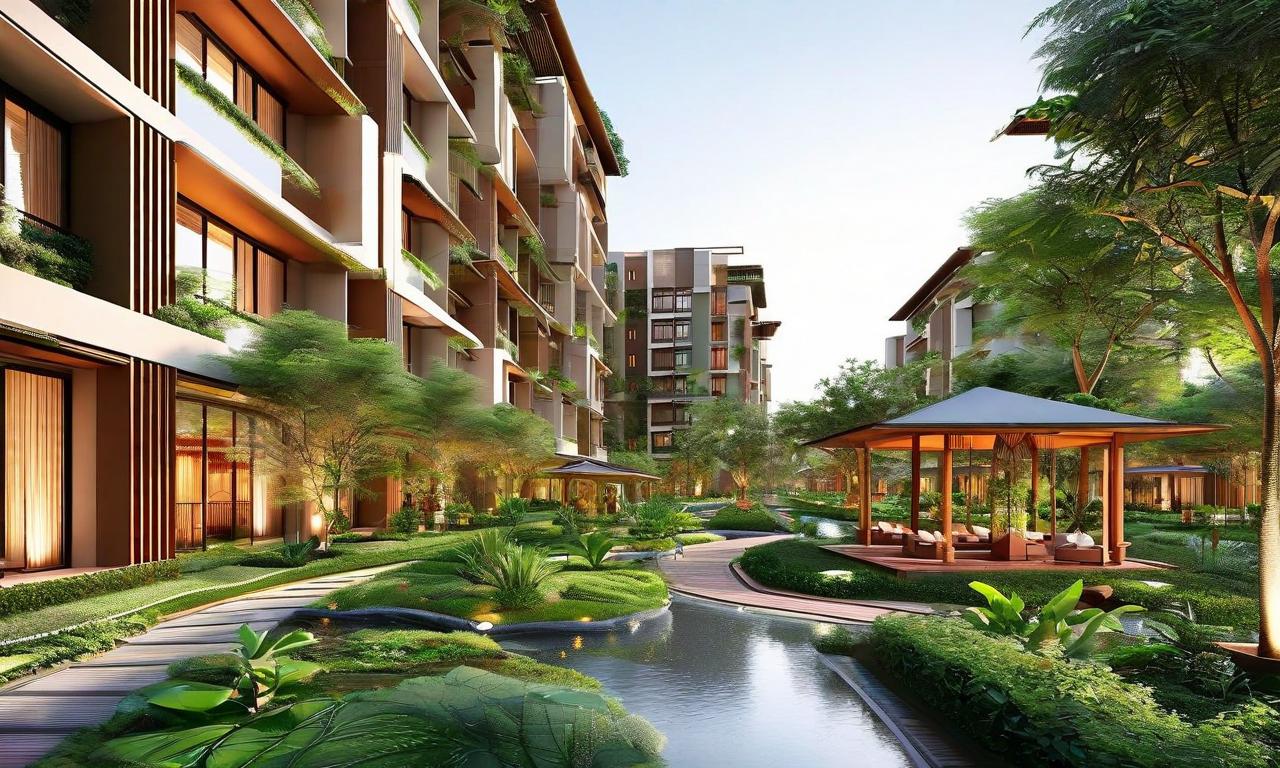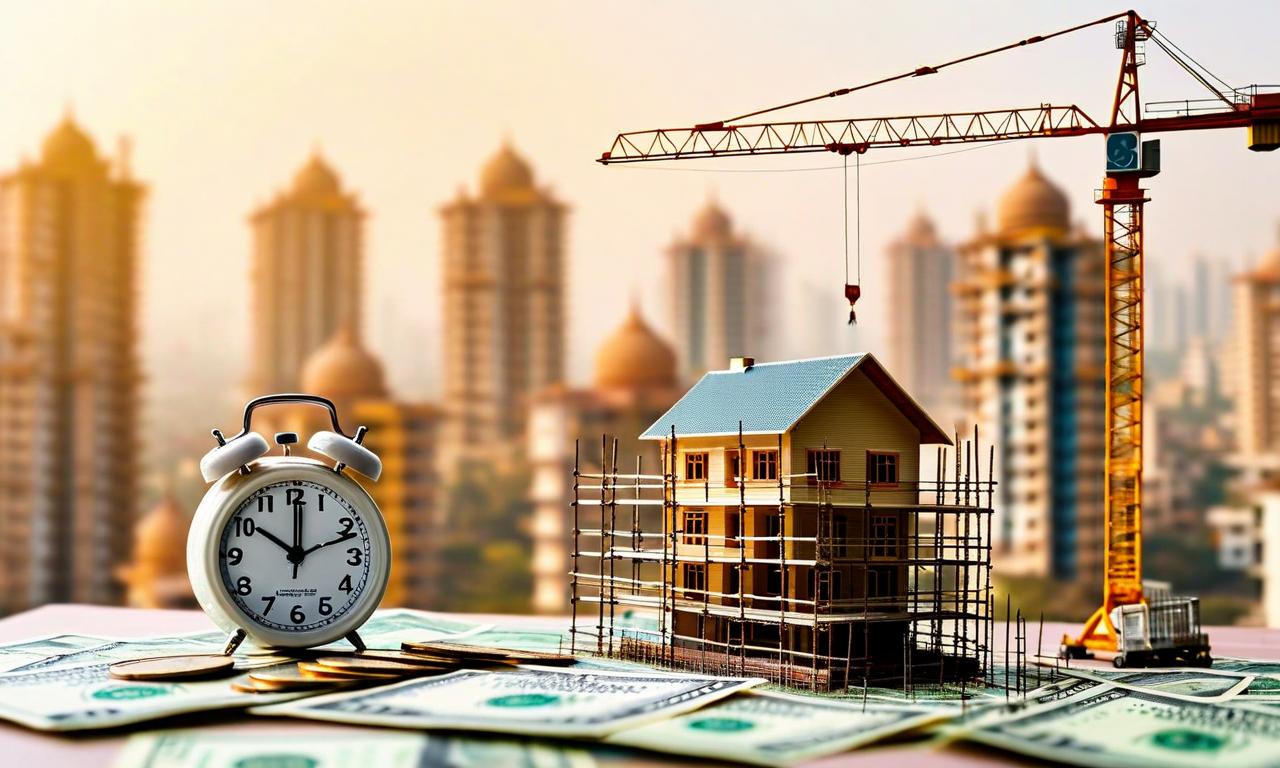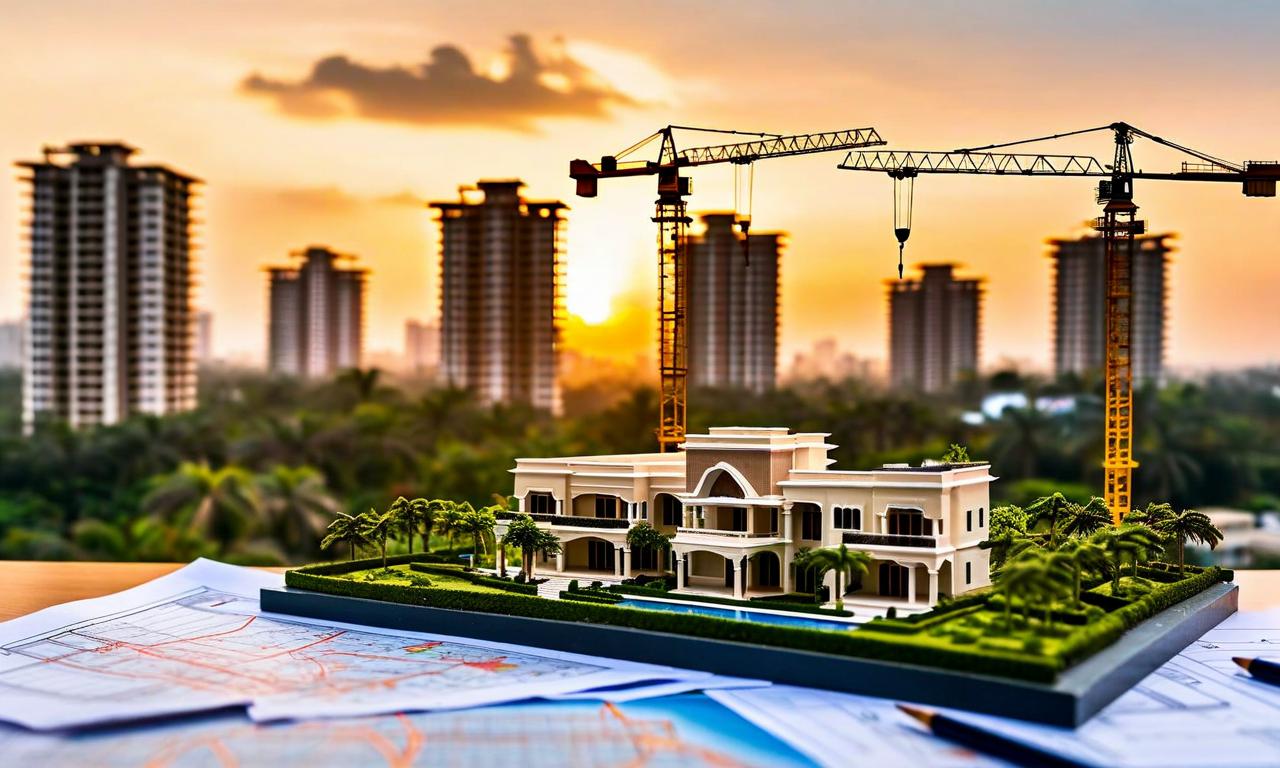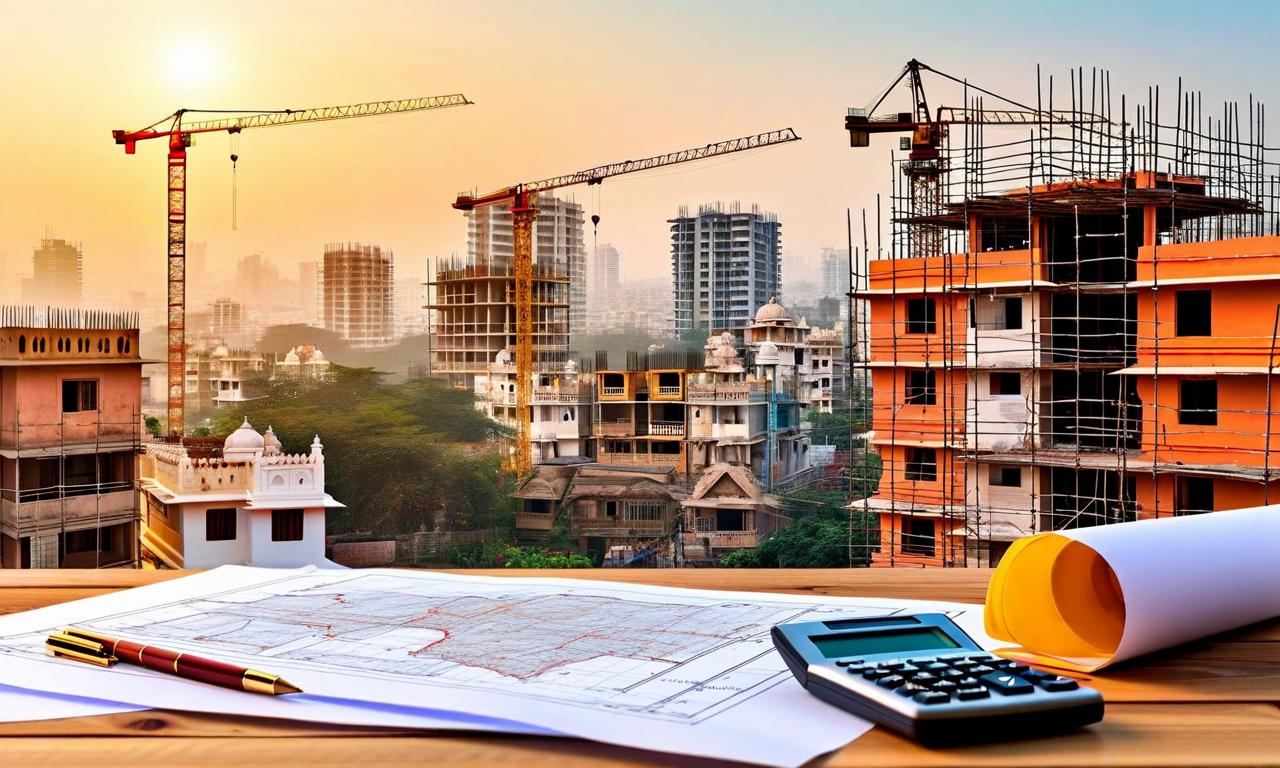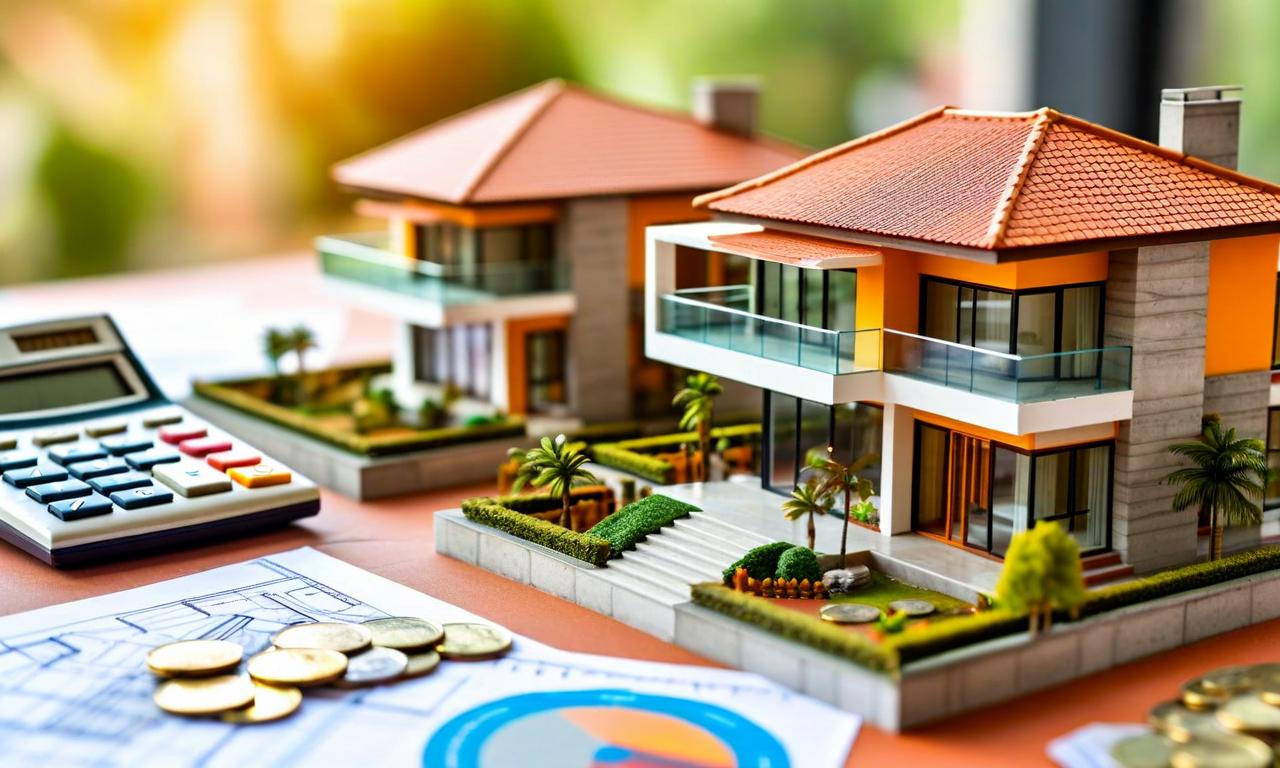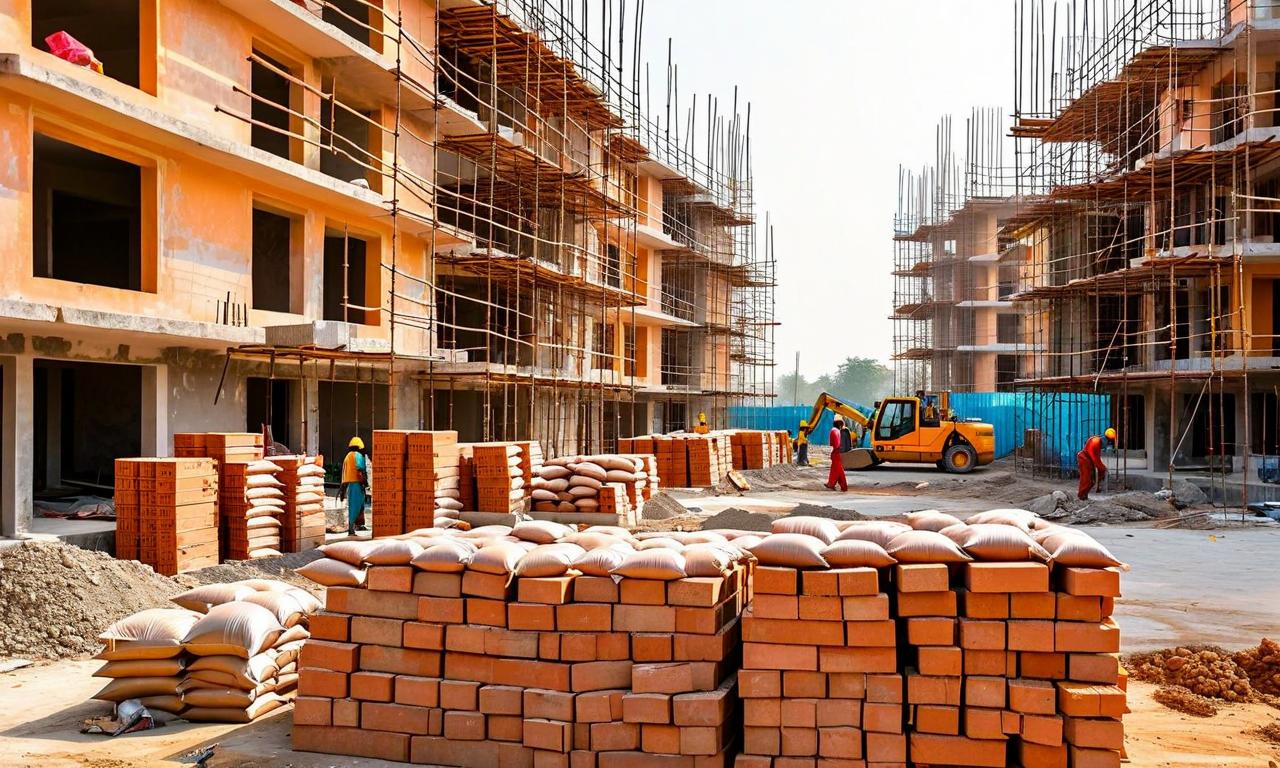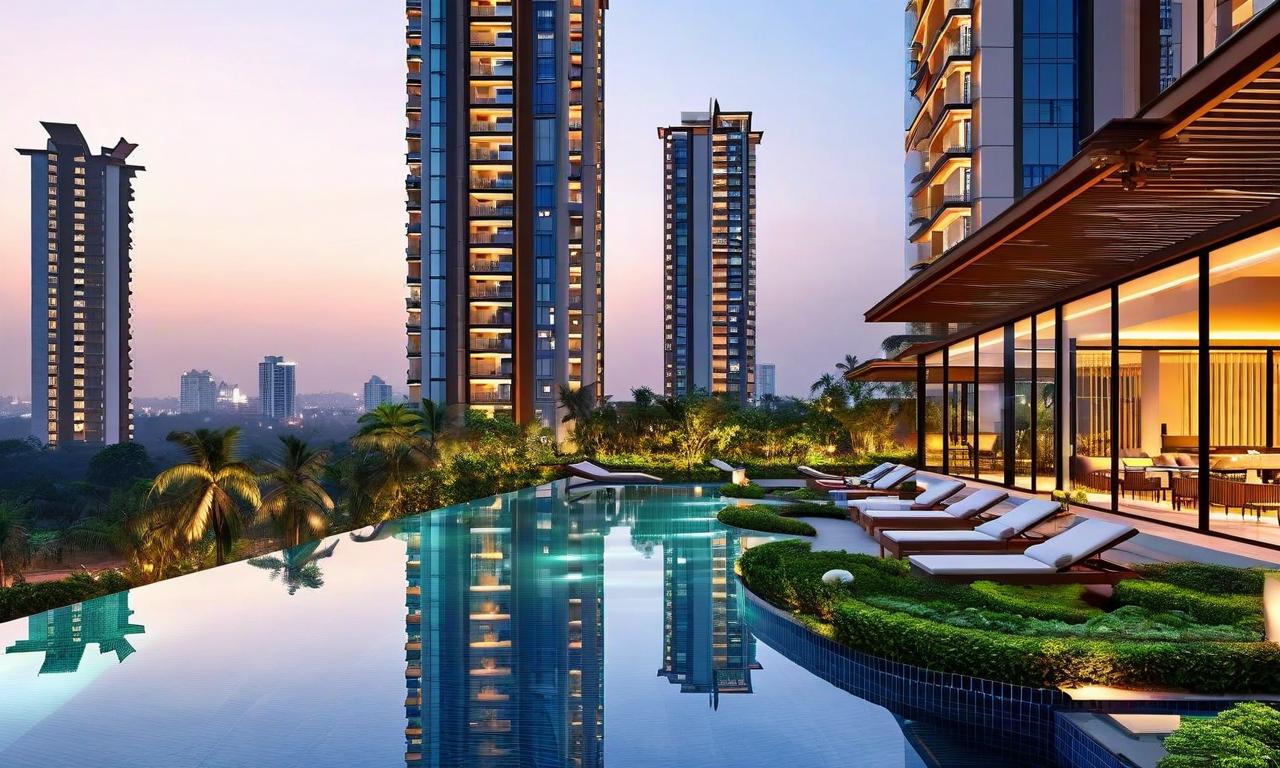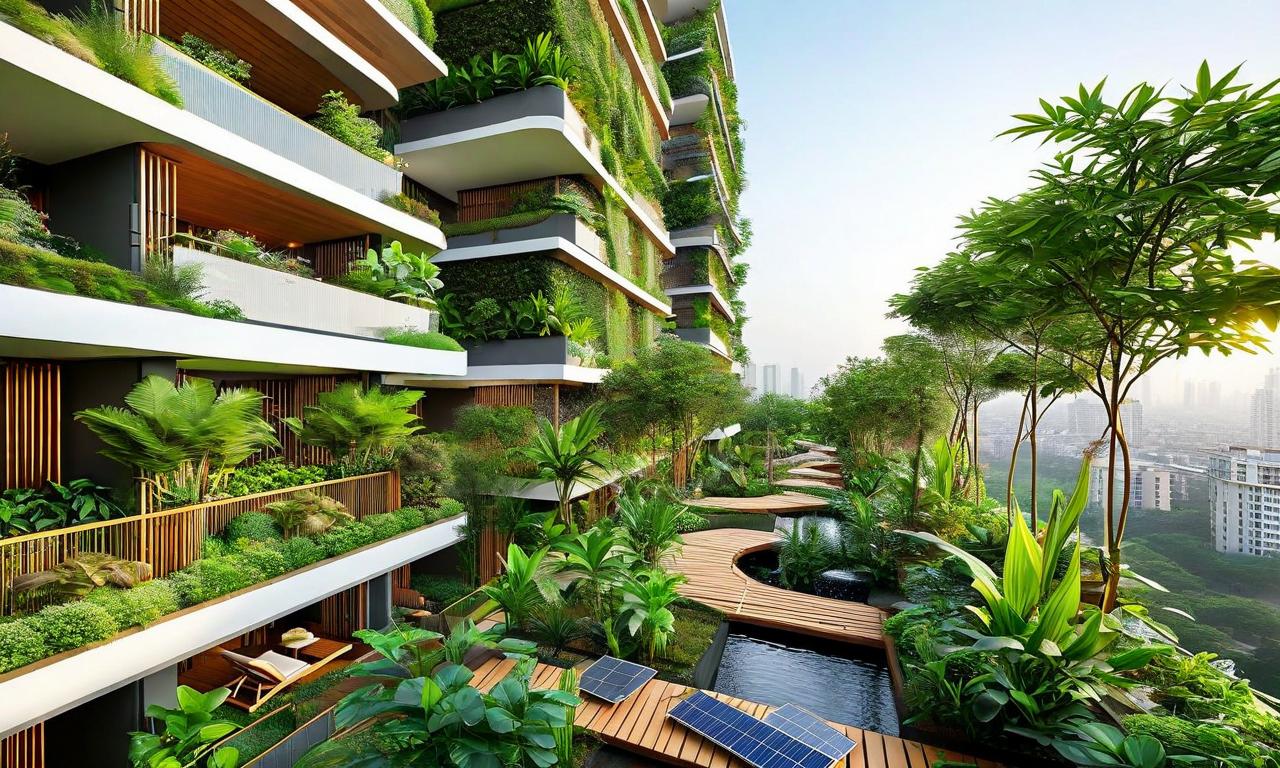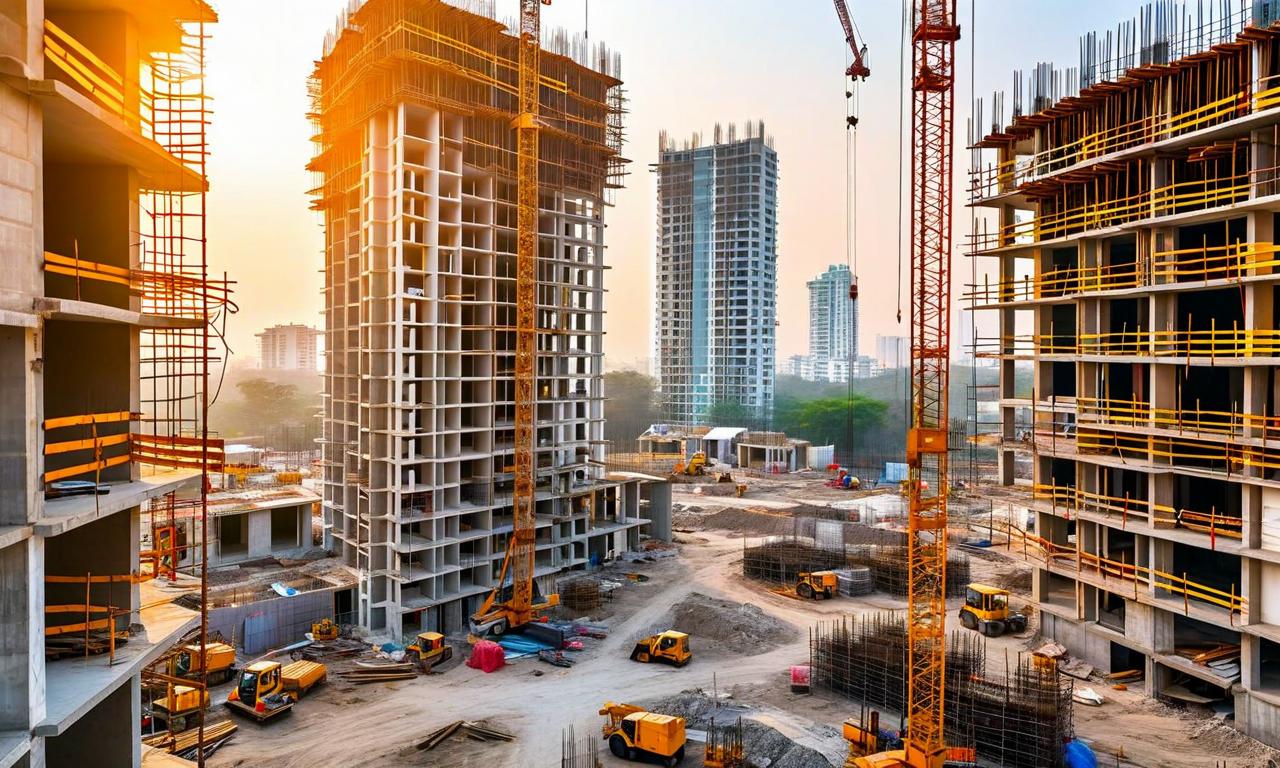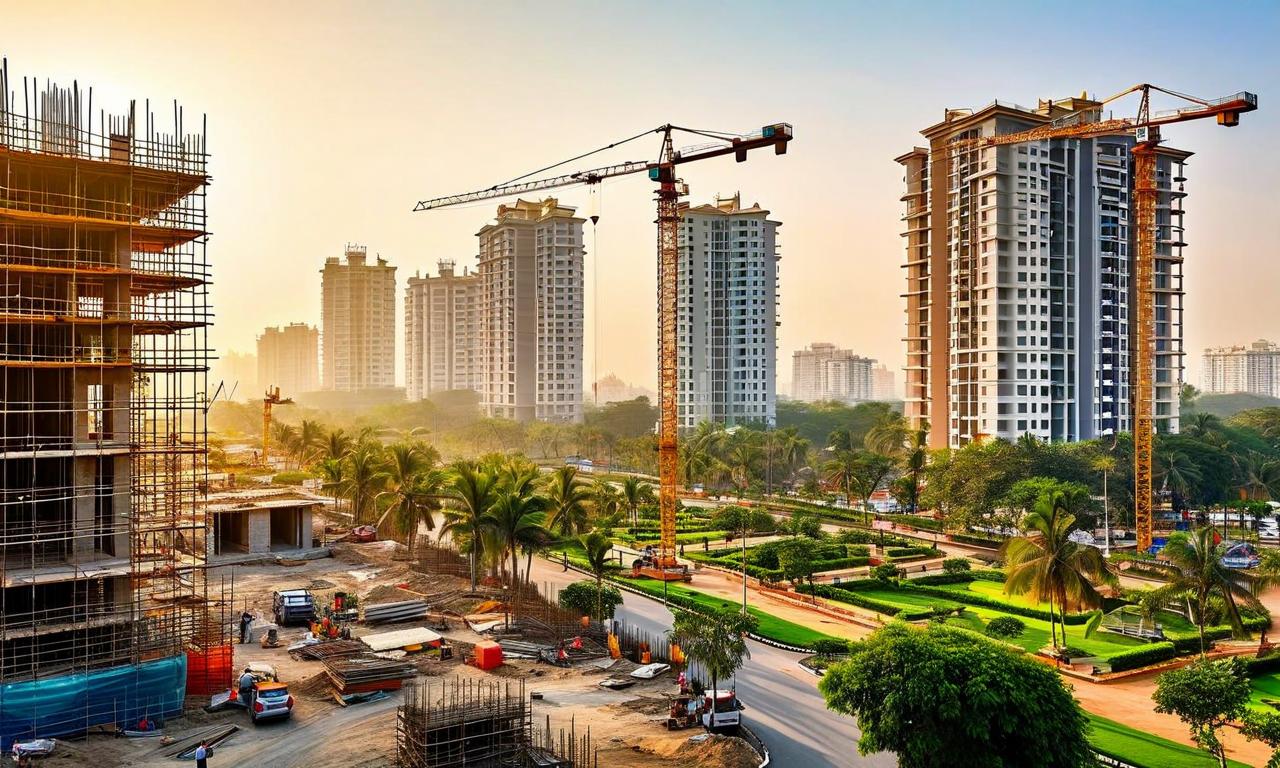Gen Z and Millennials Drive India's Housing Demand, Boomers Prioritize Retirement
ANAROCK's Homebuyer Sentiment Survey reveals diverse real estate investment priorities across generations in India. Millennials lead with 70% planning home purchases, while Gen Z prefers premium housing. Generation X shows a balanced approach, with 46% considering property investments. Baby Boomers prioritize retirement savings. Overall, 63% of respondents favor real estate as the top asset class, with 65% buying for self-use. The survey also notes 24% of participants, mainly millennials, plan to use investment gains for starting businesses.
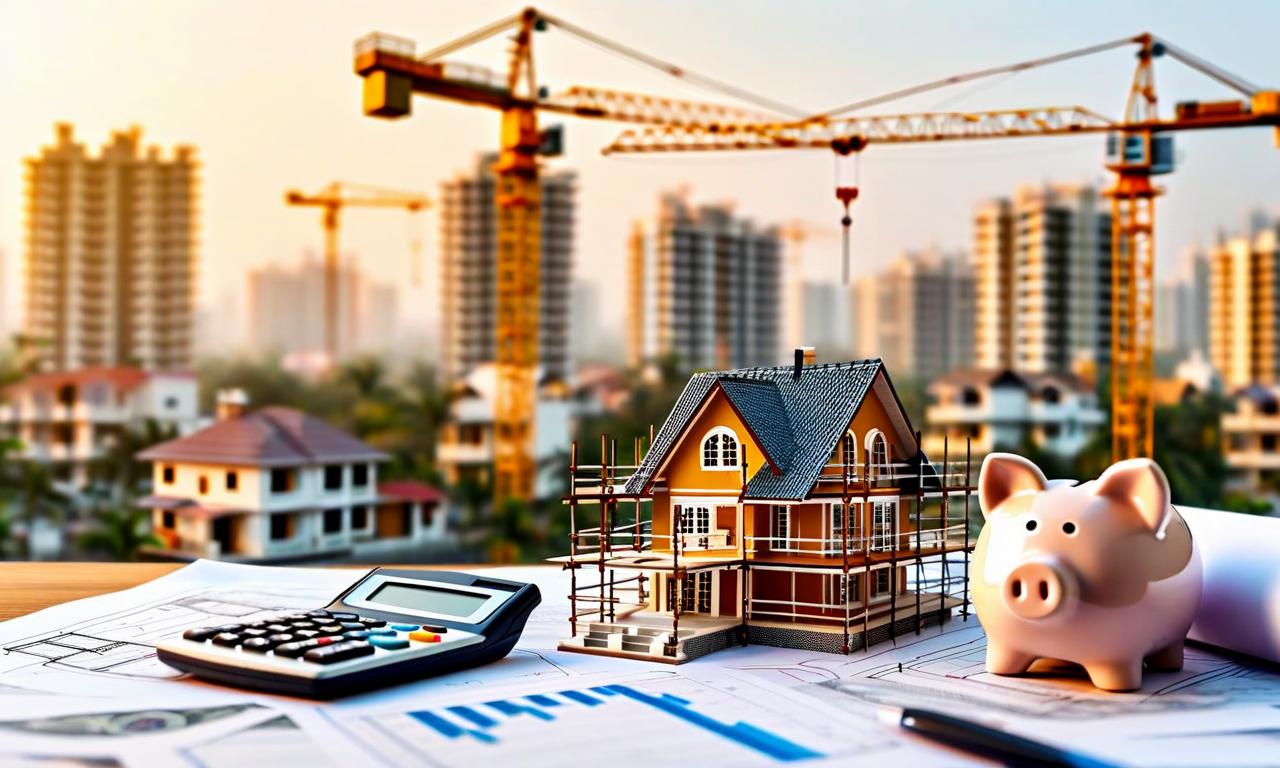
*this image is generated using AI for illustrative purposes only.
The latest ANAROCK Homebuyer Sentiment Survey has unveiled significant generational shifts in India's real estate market, highlighting diverse investment priorities across age groups. While real estate remains the top asset class for 63% of respondents overall, the motivations behind these investments vary considerably among different generations.
Millennials Lead the Charge in Housing Preference
Millennials have emerged as the driving force in India's housing market, with a striking 70% planning to channel their investment gains into home purchases. This generation's strong inclination towards homeownership is primarily fueled by family formation and evolving lifestyle needs.
Gen Z: Early Birds in Premium Housing
Generation Z is making waves in the real estate sector by prioritizing early homeownership. This young cohort is showing a marked preference for premium, larger homes in well-connected urban areas, indicating a shift towards quality living spaces from the outset of their careers.
Generation X: Diversified Investment Approach
The survey reveals a more varied approach among Generation X investors:
- 46% plan to use their investment gains for home purchases
- Others are focusing on business ventures or bolstering emergency funds
This diversification reflects the balanced priorities of this generation, striving to secure both their housing needs and financial future.
Baby Boomers: Financial Security Takes Center Stage
In contrast to younger generations, Baby Boomers are prioritizing retirement savings and overall financial security. This age group shows less inclination towards property purchases, focusing instead on ensuring a stable financial foundation for their golden years.
Key Survey Insights
| Category | Percentage |
|---|---|
| Respondents preferring real estate as top asset class | 63.00% |
| Buyers purchasing for self-use (end-user demand) | 65.00% |
| Participants planning to start businesses with investment gains | 24.00% |
The survey underscores a strong end-user demand in the real estate market, with 65% of buyers purchasing homes for self-use. This trend is particularly pronounced among younger generations, who are driving demand for premium and spacious homes.
Entrepreneurial Spirit Among Millennials
An interesting finding from the survey is that 24% of participants, primarily millennials, plan to utilize their investment gains to start businesses. This entrepreneurial trend among the younger generation could have significant implications for India's economic landscape in the coming years.
Generational Divide in Real Estate Preferences
The ANAROCK survey clearly illustrates a generational divide in real estate preferences and investment strategies:
- Younger generations (Gen Z and Millennials) are prioritizing homeownership and quality living spaces
- Middle-aged investors (Gen X) are balancing property investments with other financial goals
- Older individuals (Baby Boomers) are focusing on retirement security over property acquisition
This diverse approach to real estate investment across age groups suggests a dynamic and evolving property market in India, with each generation contributing to different segments of the sector.
As the real estate market continues to adapt to these changing preferences, developers and policymakers may need to tailor their offerings and strategies to meet the distinct needs of each generational cohort, ensuring sustained growth and satisfaction across the entire spectrum of homebuyers.
